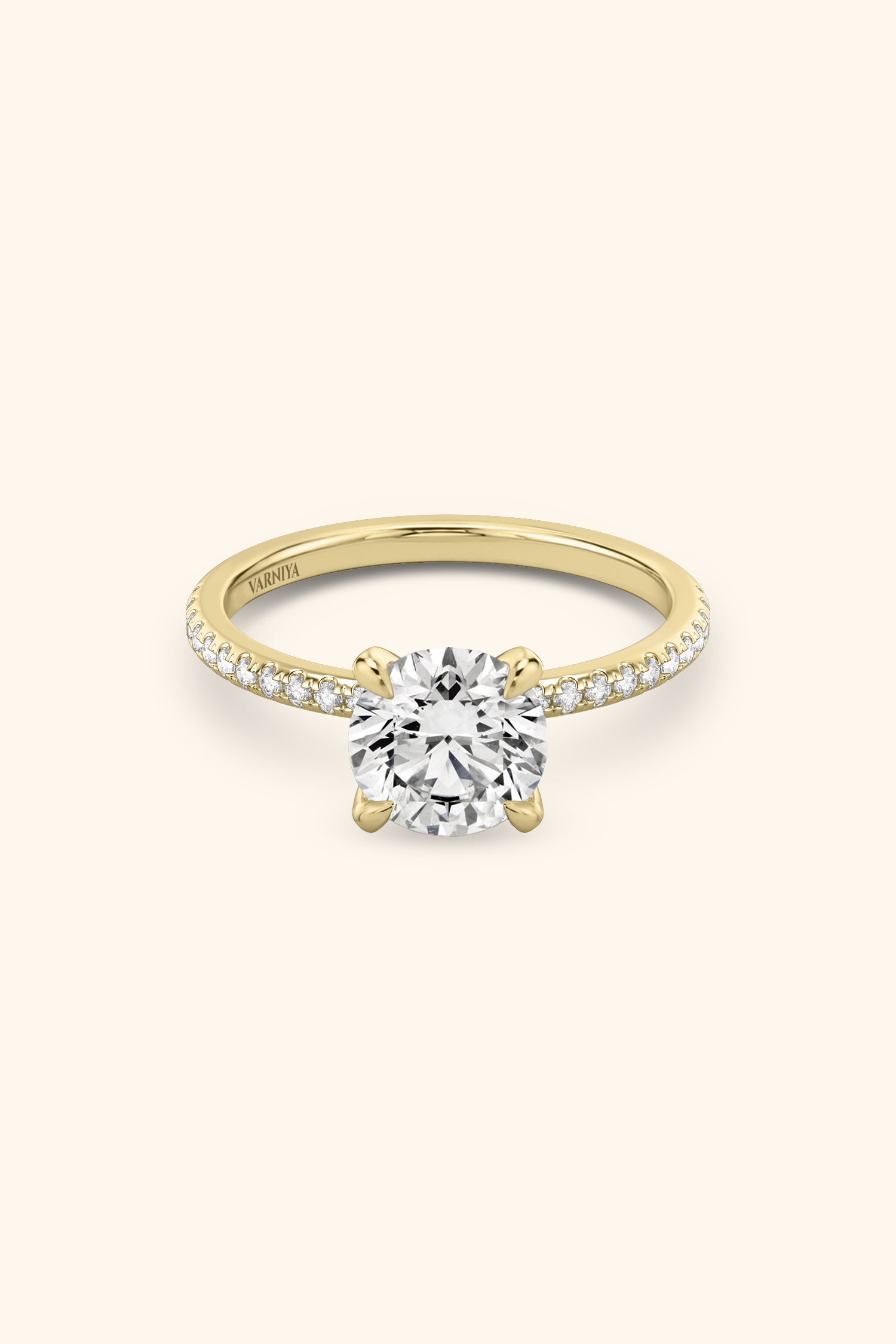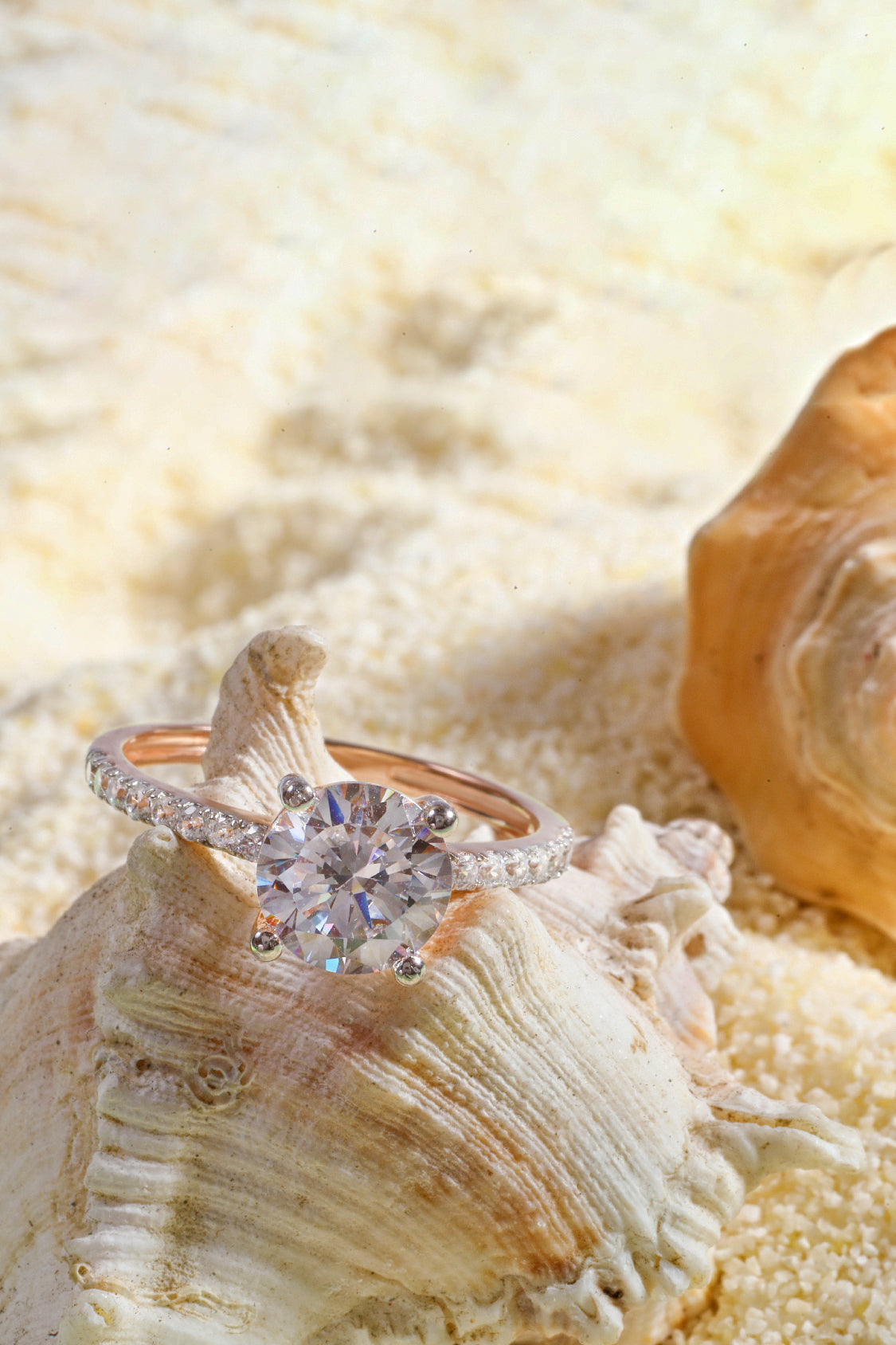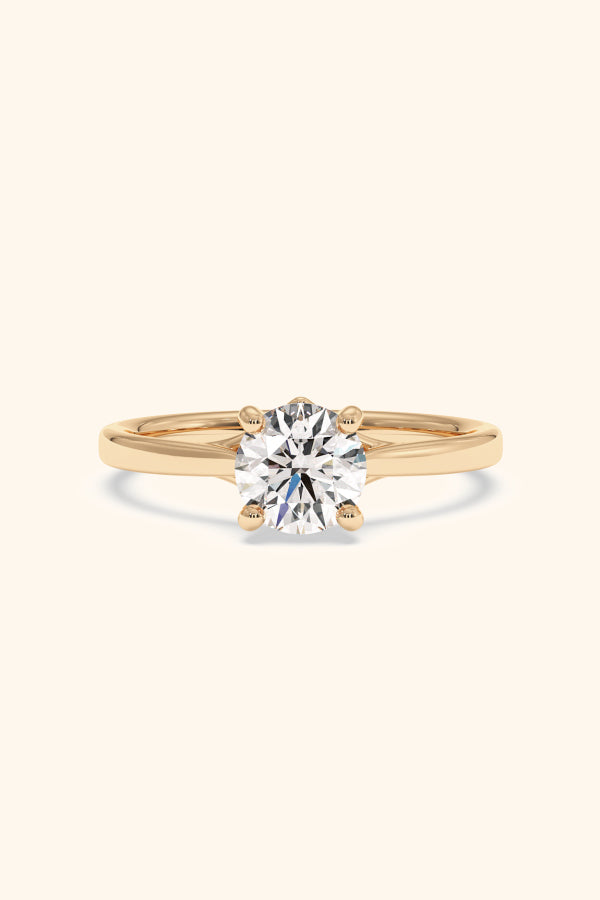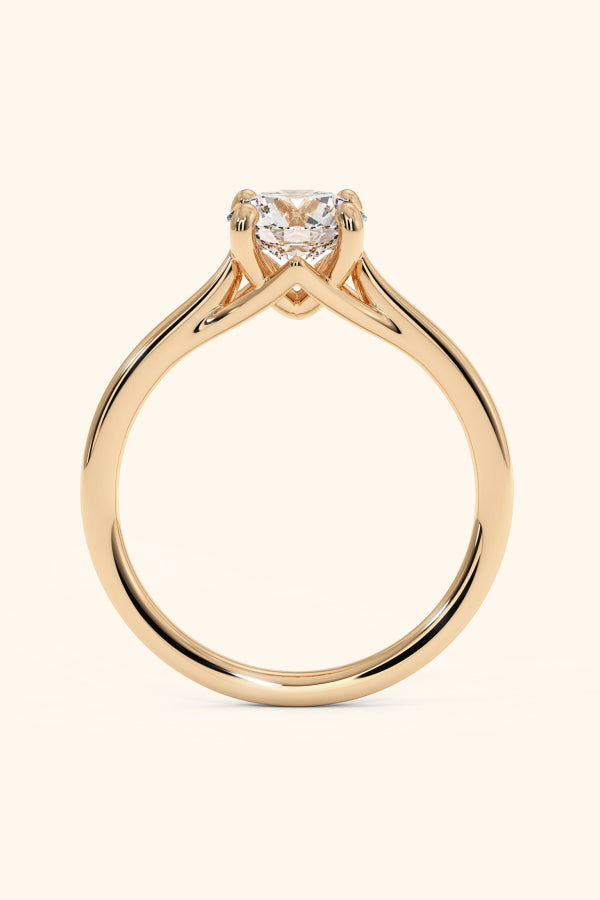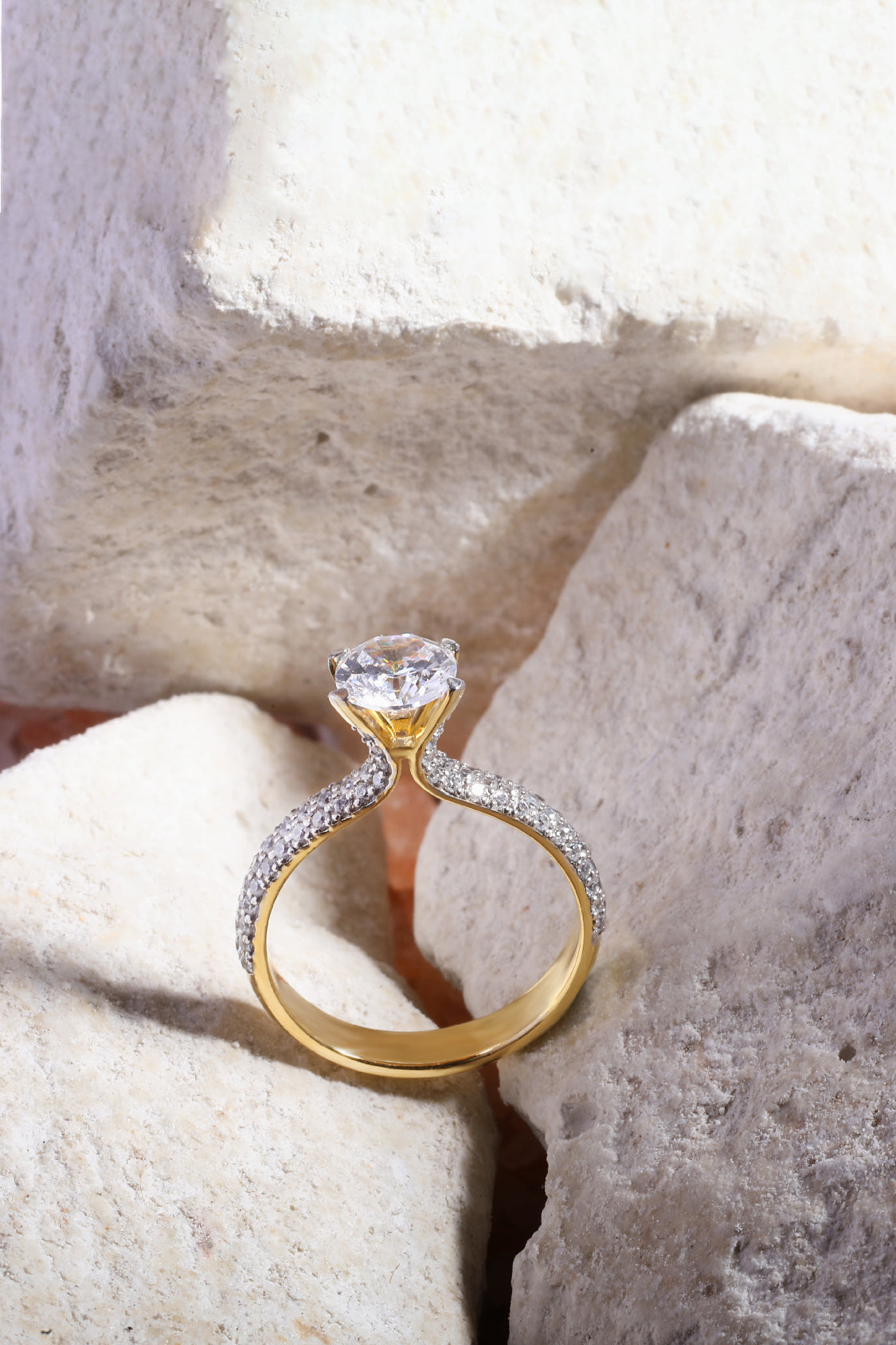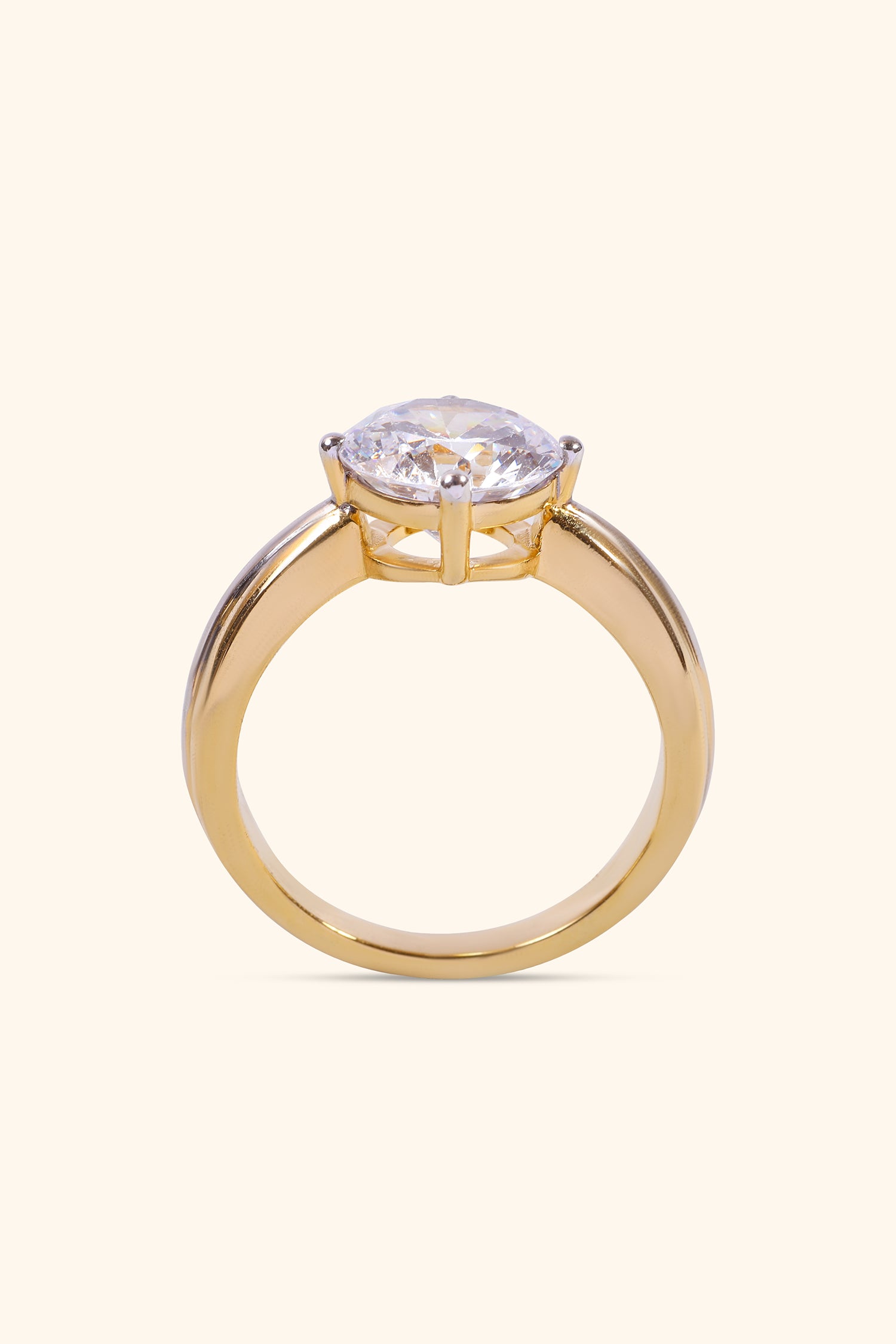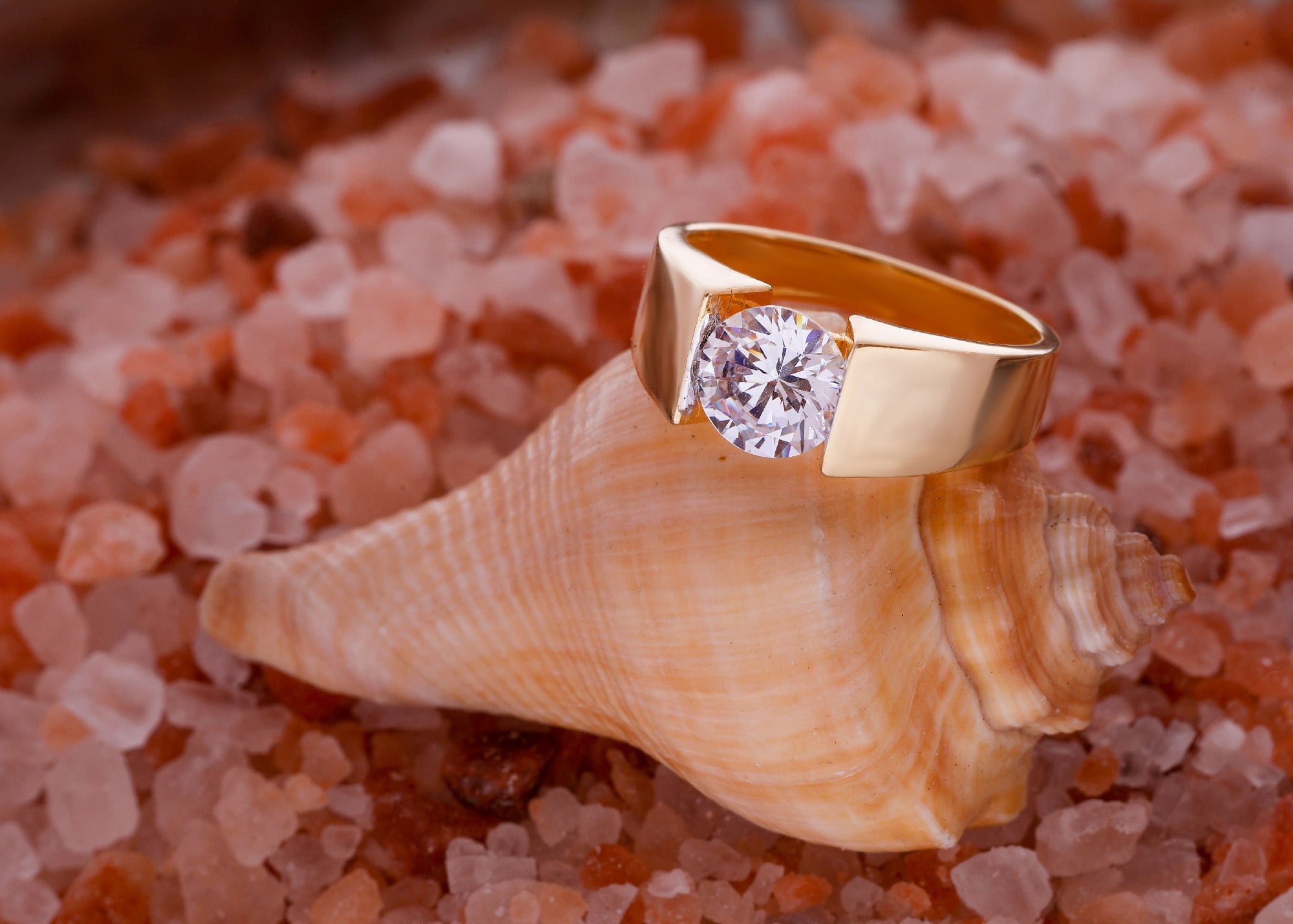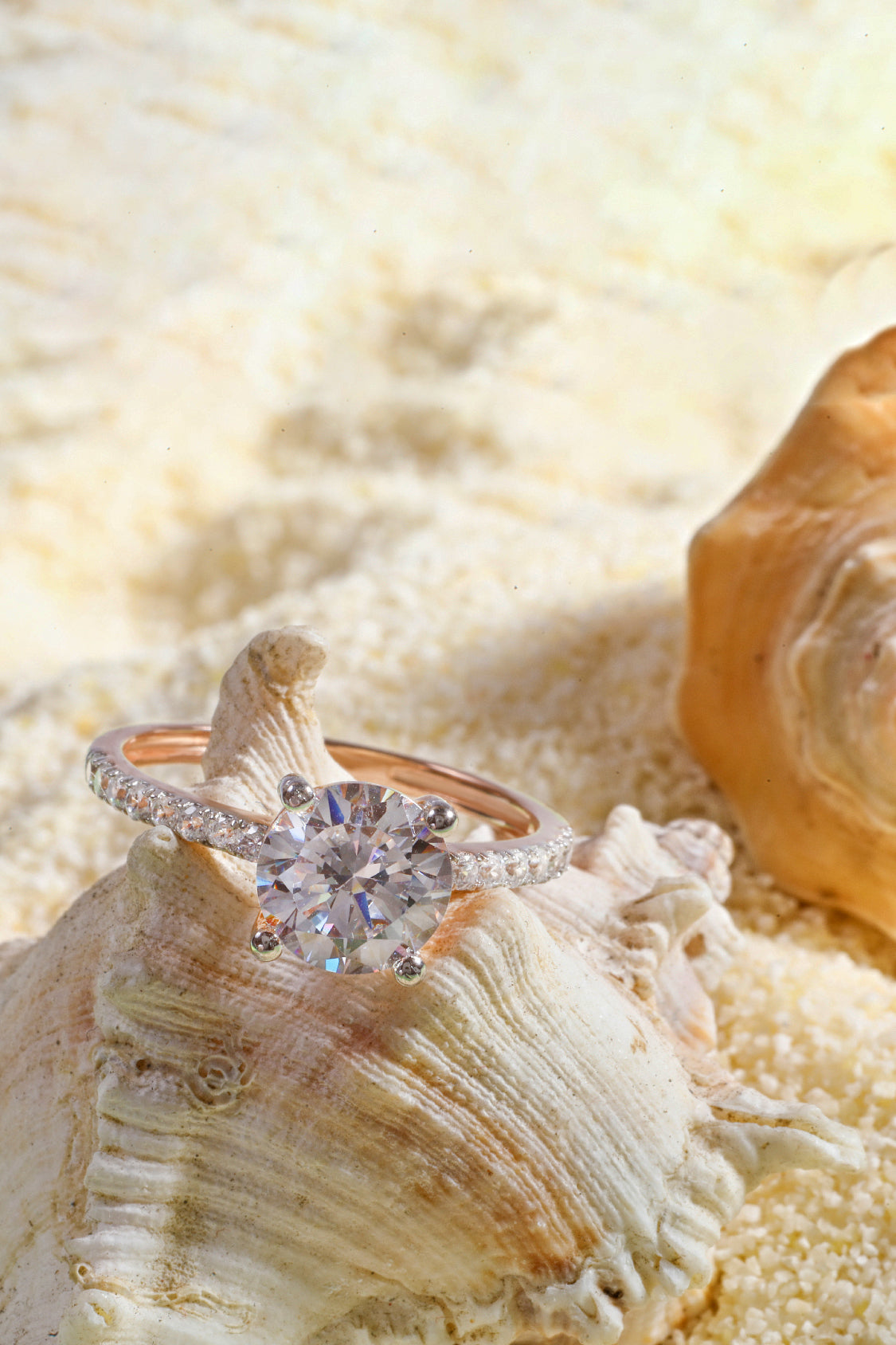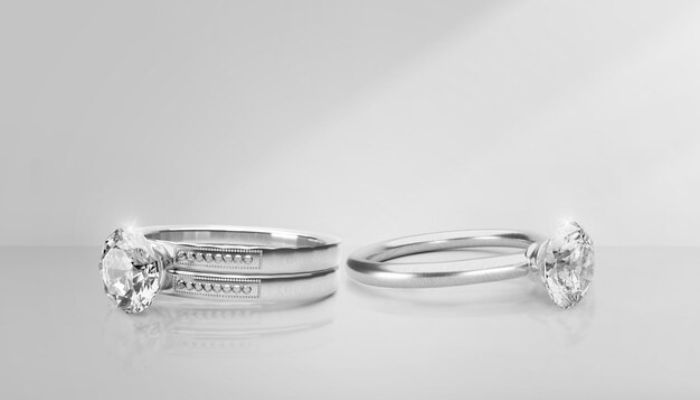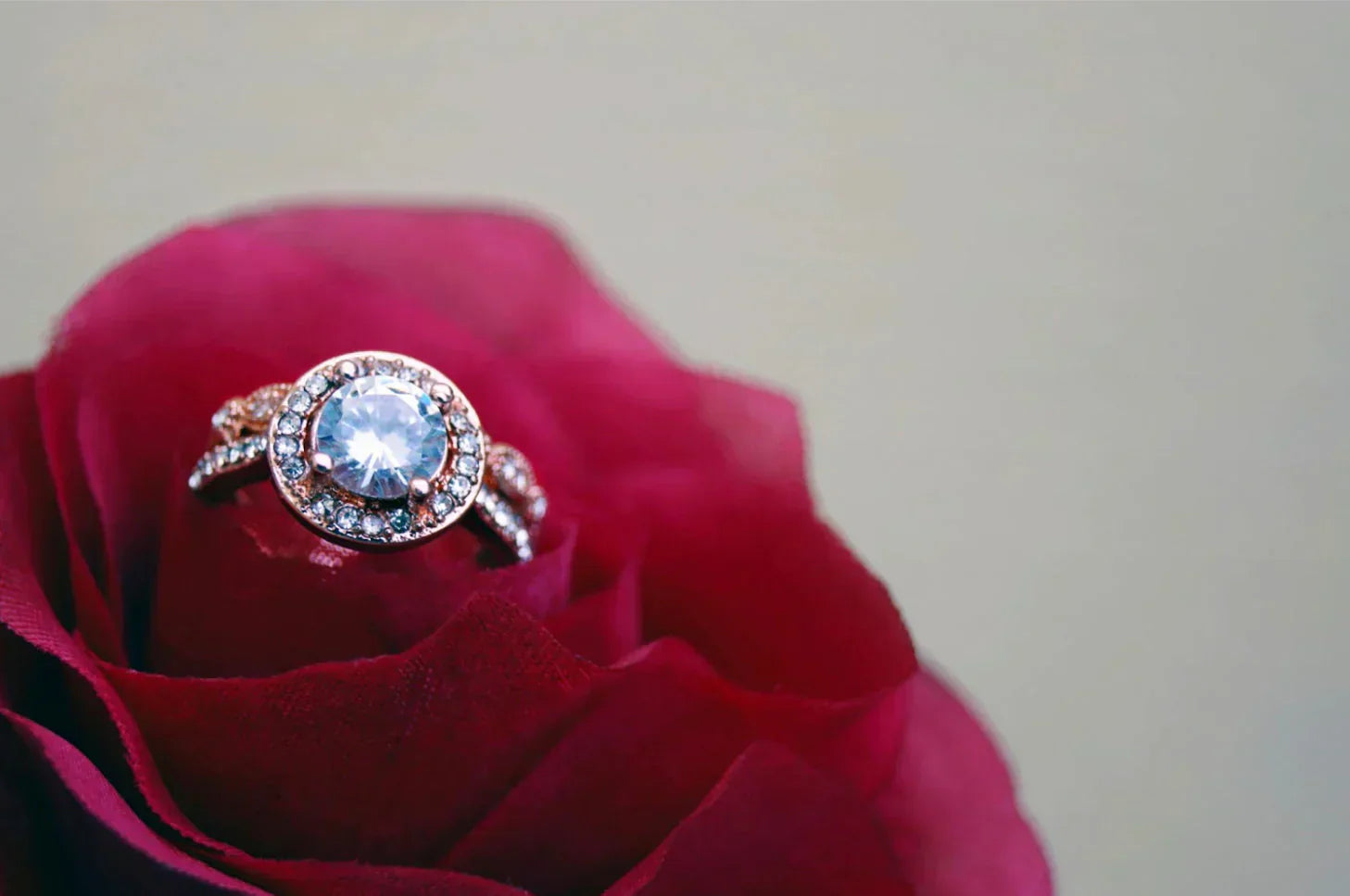10 Incredible Benefits of Lab-Grown Diamonds You Should Know
Discover the top benefits of lab-grown diamonds, from affordability to sustainability. Learn why they’re a smarter choice for modern buyers!
Lab-grown diamonds have transformed the jewelry industry by offering a sustainable and ethical alternative to mined diamonds. These diamonds are created in controlled environments using advanced methods like High-Pressure High-Temperature (HPHT) and Chemical Vapor Deposition (CVD), resulting in stones that are virtually identical to natural diamonds.
In fact, lab-grown diamonds accounted for approximately 14.3% of the global diamond market in 2023. This surge in popularity is due to their affordability, ethical production, and environmental benefits. As more consumers seek eco-friendly and conflict-free options, lab-grown diamonds have become a preferred choice for many.
What Are Lab-Grown Diamonds?
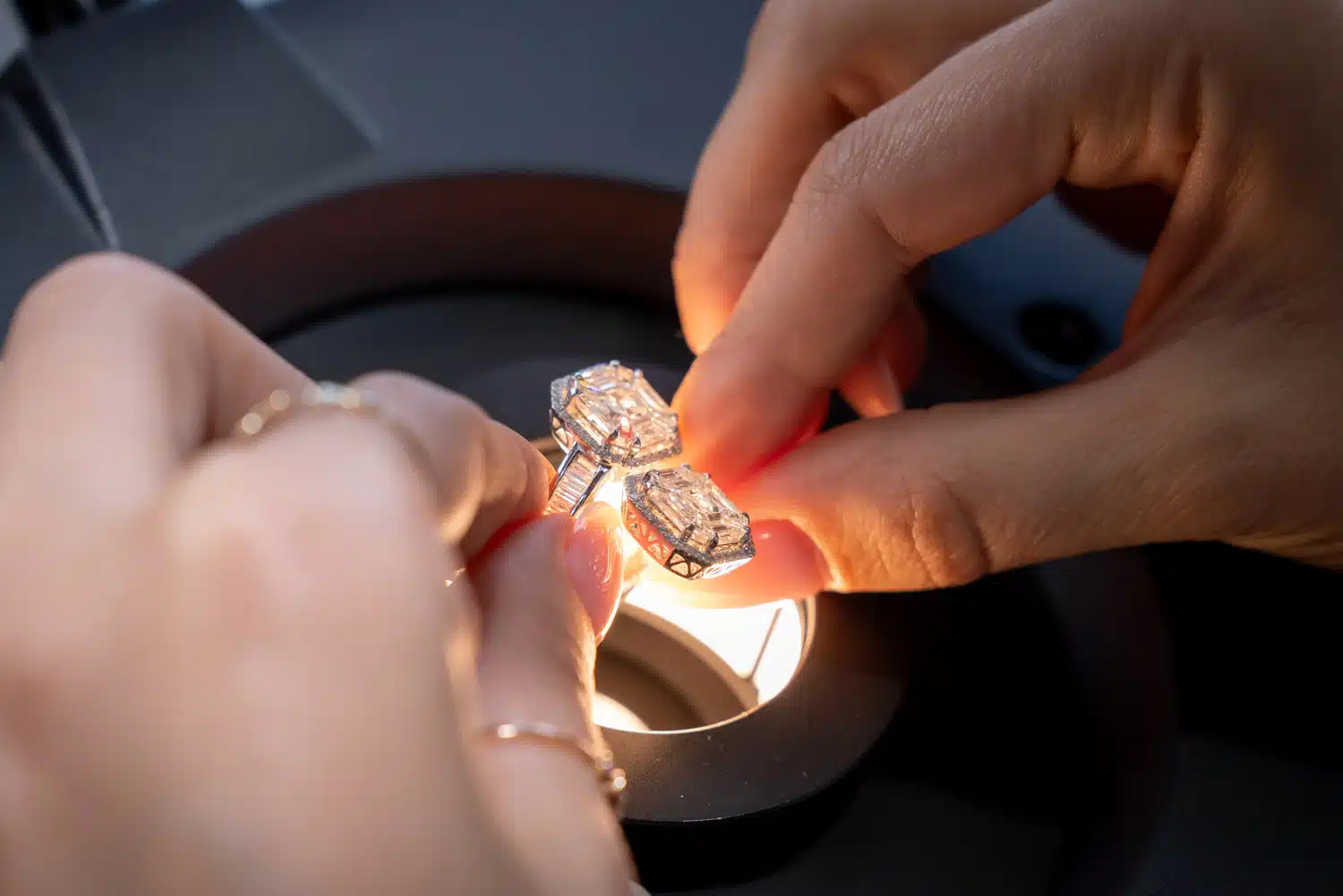
Lab-grown diamonds are real diamonds created in a controlled environment rather than mined from the earth. They have the same carbon atoms arranged in a crystal structure, making them visually and chemically identical to natural diamonds. Unlike diamond simulants like cubic zirconia or synthetic diamonds, lab-grown diamonds have the same hardness, brilliance, and durability as real diamonds.
How Are Lab-Grown Diamonds Made?
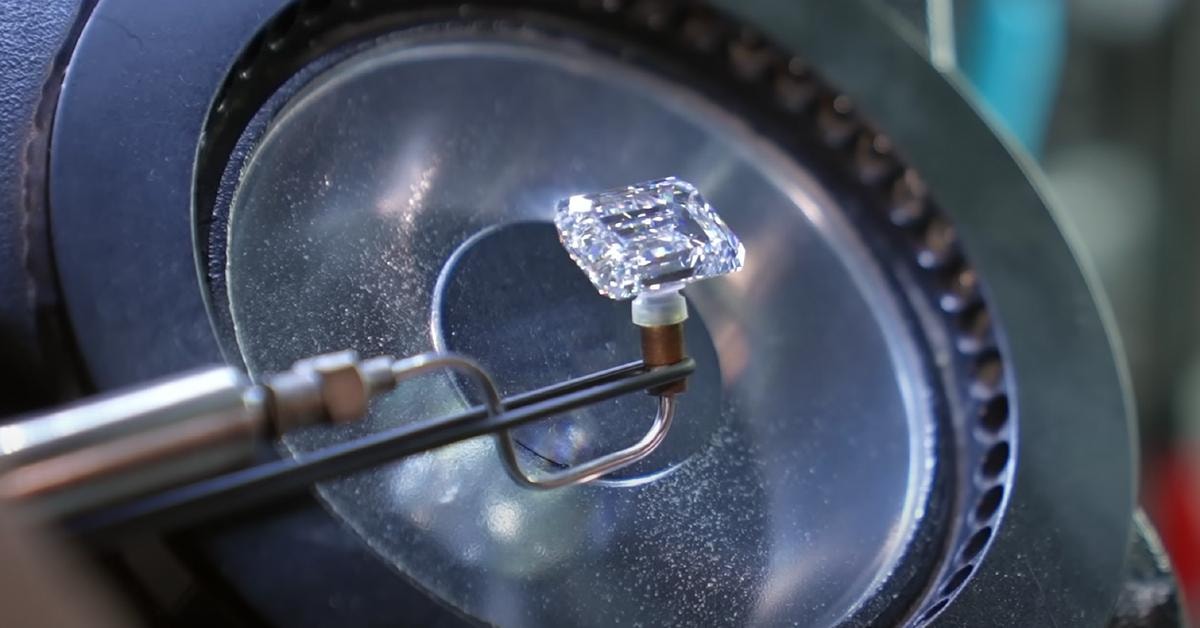
There are two methods used in the diamond industry to create lab-grown diamonds:
-
High Pressure High Temperature (HPHT):
-
Mimics the natural diamond mining process.
-
Carbon-rich gases and extreme heat and pressure are applied to a diamond seed, helping it grow into a full diamond.
-
-
Chemical Vapor Deposition (CVD):
-
Uses cutting-edge technology to deposit carbon atoms layer by layer.
-
Requires less energy and produces diamonds with fewer impurities.
-
These processes reduce negative environmental impact, avoiding soil erosion, carbon emissions, and energy consumption linked to mined diamonds. They also provide an ethical alternative, eliminating concerns about conflict diamonds and human rights abuses in traditional diamond mining.
Many consumers are now purchasing lab-grown diamonds as they offer lower cost, eco-friendliness, and sentimental value without compromising quality.
Are Lab-Grown Diamonds Real?
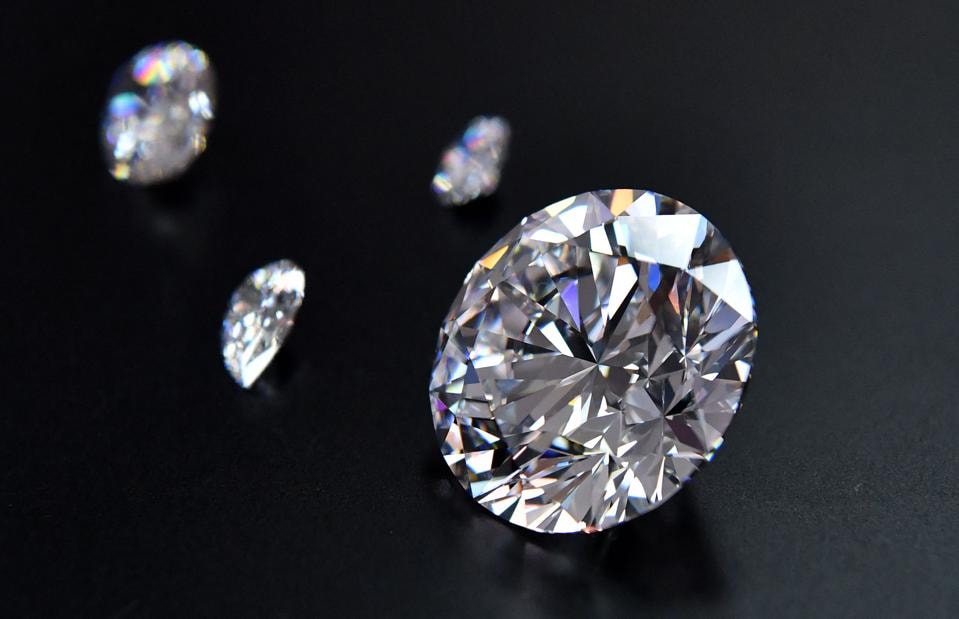
Yes, lab-grown diamonds are real. They share the same chemical composition, physical structure, and optical properties as natural counterparts. Unlike other gemstones or diamond simulants, they are not imitations. They are created using advanced technological innovation, ensuring they have the same brilliance and durability as mined diamonds.
Understanding the Authenticity of Lab-Grown Diamonds
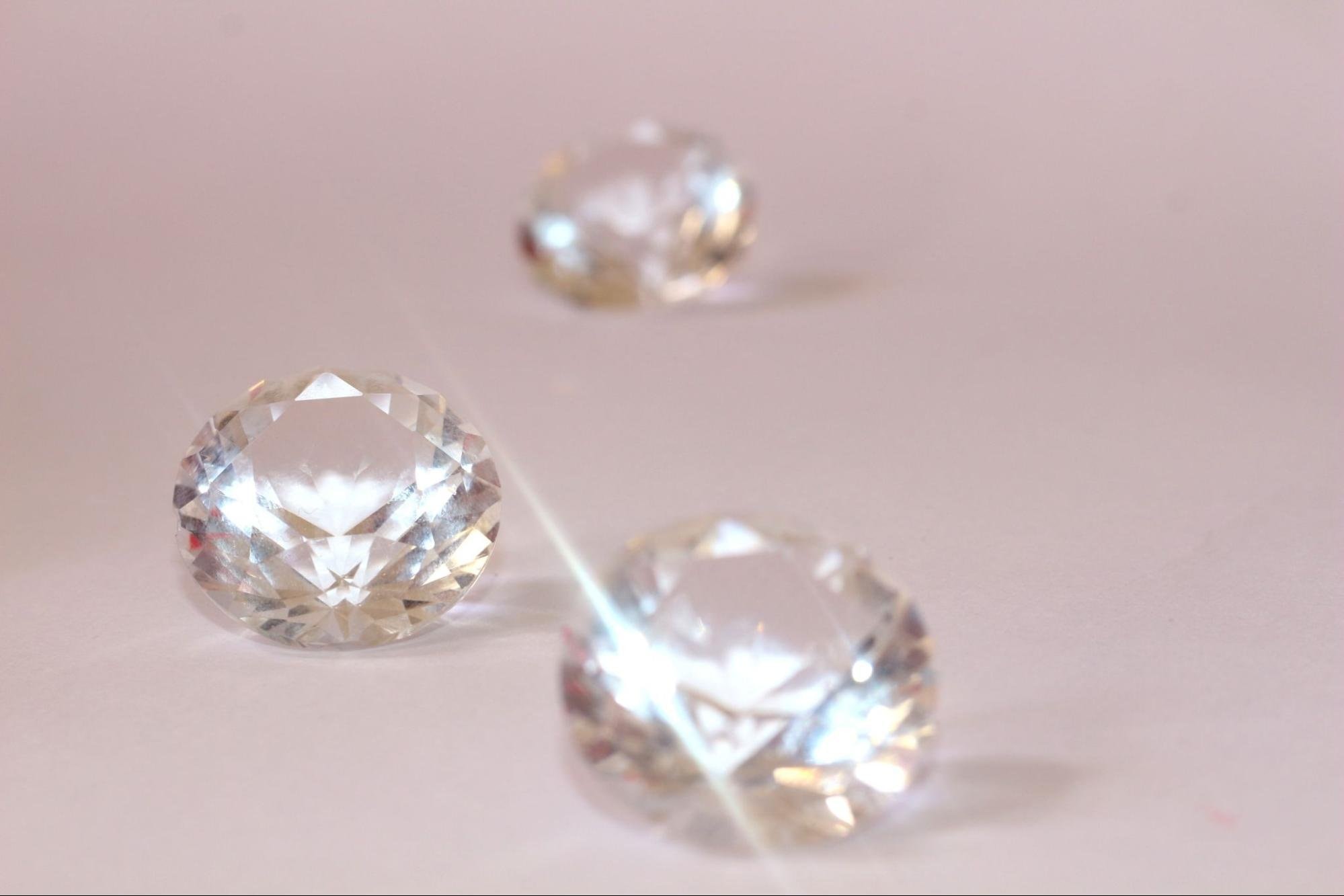
Lab-grown diamonds undergo a production process that mimics natural diamond formation. They are grown from a diamond seed under precise conditions, ensuring their diamond's quality matches that of natural diamonds. They are even graded using the Mohs scale to determine hardness, just like their natural counterparts.
Because they are created in a controlled environment, these diamonds avoid many ethical concerns linked to mining, such as blood diamonds and local communities being affected by unsafe working conditions. Additionally, they have a lower environmental impact, reducing issues like soil erosion and damage to local ecosystems.
How They Compare to Natural Diamonds

The primary difference between lab-grown and natural stones is their origin. Natural diamonds develop over millions of years, whereas lab-grown diamonds are produced within weeks. However, they look and perform identically, making them a cost-effective alternative without sacrificing quality.
Another key advantage is that lab-grown diamonds are free from the conflicts and unethical labor practices often associated with mined diamonds. Choosing them reflects personal values, offering an informed choice for those who want an ethical and sustainable option.
As gaining popularity continues, federal trade commission guidelines ensure transparency in labeling these diamonds. With new advancements in new technology, the growth process of lab diamonds continues to evolve, making them a compelling option for modern buyers.
10 Key Benefits of Lab Created Diamonds
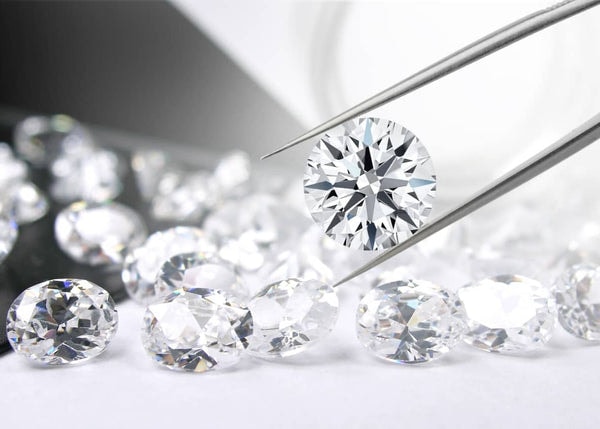
1. Eco-Friendly and Sustainable Choice
Lab-created diamonds have a major advantage over mined counterparts when it comes to sustainability. Their production process does not involve large-scale mining, which reduces soil erosion and other environmental damage. Additionally, they require significantly lower energy use, making them a more responsible choice for conscious buyers.
2. Ethically Sourced with No Conflict
Unlike mined counterparts, which often have links to human rights abuses, lab-created diamonds offer a conflict-free option. They do not fund unethical labor practices or harm local communities, ensuring a more transparent and fair jewelry industry.
3. More Affordable Than Natural Diamonds
One of the biggest advantages of lab-created diamonds is their cost-effective pricing. Without the expenses of mining and transportation, they offer high-quality gemstones at a lower price, making them an accessible option for buyers looking for luxury within a budget.
4. Higher Purity and Fewer Defects
Lab-created diamonds are formed under controlled conditions, leading to fewer impurities and better diamond's quality compared to many natural stones. They are grown without the environmental factors that can cause internal flaws, ensuring a more brilliant and structurally sound diamond.
5. Customization and Design Flexibility
Unlike natural diamonds, which are limited by availability, lab-created diamonds offer complete precise control over shape, size, and color. This makes them ideal for those looking for unique, customized designs in fine jewelry without compromising quality.
6. Same Durability and Hardness as Natural Diamonds
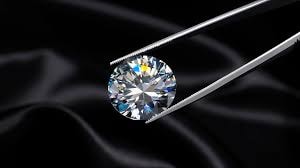
Lab-created diamonds have the same hardness as natural one and are rated 10 on the Mohs scale. They are just as resistant to scratches and damage, making them a durable choice for daily wear.
7. Greater Availability and Faster Production
Traditional diamond mining takes millions of years, but lab-created diamonds can be grown in weeks. Their production process ensures a steady supply without reliance on unpredictable geological conditions, making high-quality diamonds more accessible.
8. Brighter and More Consistent Quality
Since lab-created diamonds are made in a controlled environment, their quality is more consistent. Unlike mined counterparts, which vary in clarity and color, these diamonds are produced with precision, ensuring a flawless appearance.
9. Supports Innovation in the Jewelry Industry
As lab-created diamonds gain popularity, they drive new technology and advancements in jewelry design. The diamond industry is evolving with these sustainable alternatives, ensuring that buyers get ethically sourced, high-quality gemstones.
10. Lower Carbon Footprint
Lab-created diamonds have a much lower impact on energy use and carbon emissions compared to natural diamond mining. They contribute to eco-friendliness by reducing harmful practices that affect the environment, making them a truly sustainable and ethical alternative.
This shift toward lab-created diamonds reflects a growing awareness of ethical and environmental concerns, allowing buyers to make an informed choice while still enjoying the brilliance and luxury of a high-quality diamond.
Cons of Lab-Grown Diamonds
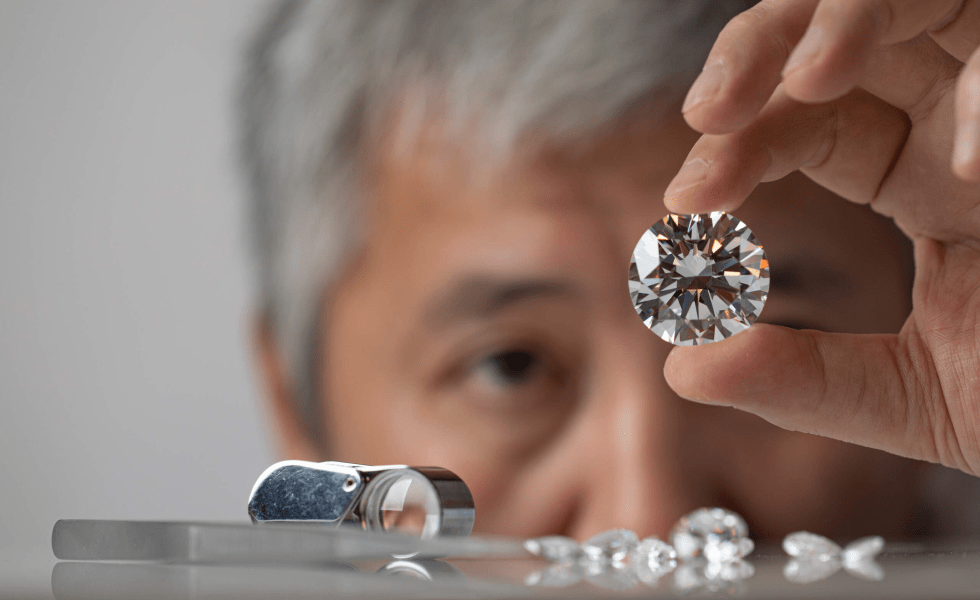
1. Low Resale Value
One of the biggest drawbacks of lab-grown diamonds is their low resale value. Unlike natural diamonds, which hold value due to their rarity and demand, lab-grown diamonds do not appreciate over time. Since they can be produced in large quantities, resale prices remain lower.
2. Not Rare Like Natural Diamonds
Lab-grown diamonds are widely available and can be created on demand, making them less rare than natural diamonds. Their accessibility reduces their exclusivity, which some buyers value when investing in fine jewelry.
3. Less Accepted in Traditional Markets
The man-made diamonds industry is growing, but traditional jewelry markets still favor natural diamonds. Many high-end jewelers and auction houses focus on mined diamonds, making it harder to find resale opportunities or collector interest in lab-grown alternatives.
4. Risk of Misrepresentation
Some buyers may not be fully aware of the differences between lab-grown and natural diamonds. If a seller misrepresents a lab-grown diamond as a mined one, it can lead to trust issues within the industry. Transparency in labeling is crucial to prevent misleading purchases.
5. Lacks Historical Prestige
Natural diamonds have been cherished for centuries, often passed down as heirlooms. While lab-grown diamonds offer beauty and sustainability, they lack the historical significance and tradition associated with natural stones, which some buyers consider important.
Why Lab Diamonds are Trending in Engagement Rings

Lab diamonds are becoming a popular choice for engagement rings due to their ethical sourcing and affordability. Many couples prefer them because they offer the same brilliance and durability as natural diamonds without the high cost. The ability to customize shapes and sizes makes them ideal for creating unique, meaningful rings. Additionally, they appeal to buyers who want a sustainable option without compromising beauty or quality.
Why Choose Engagement Rings from VARNIYA?
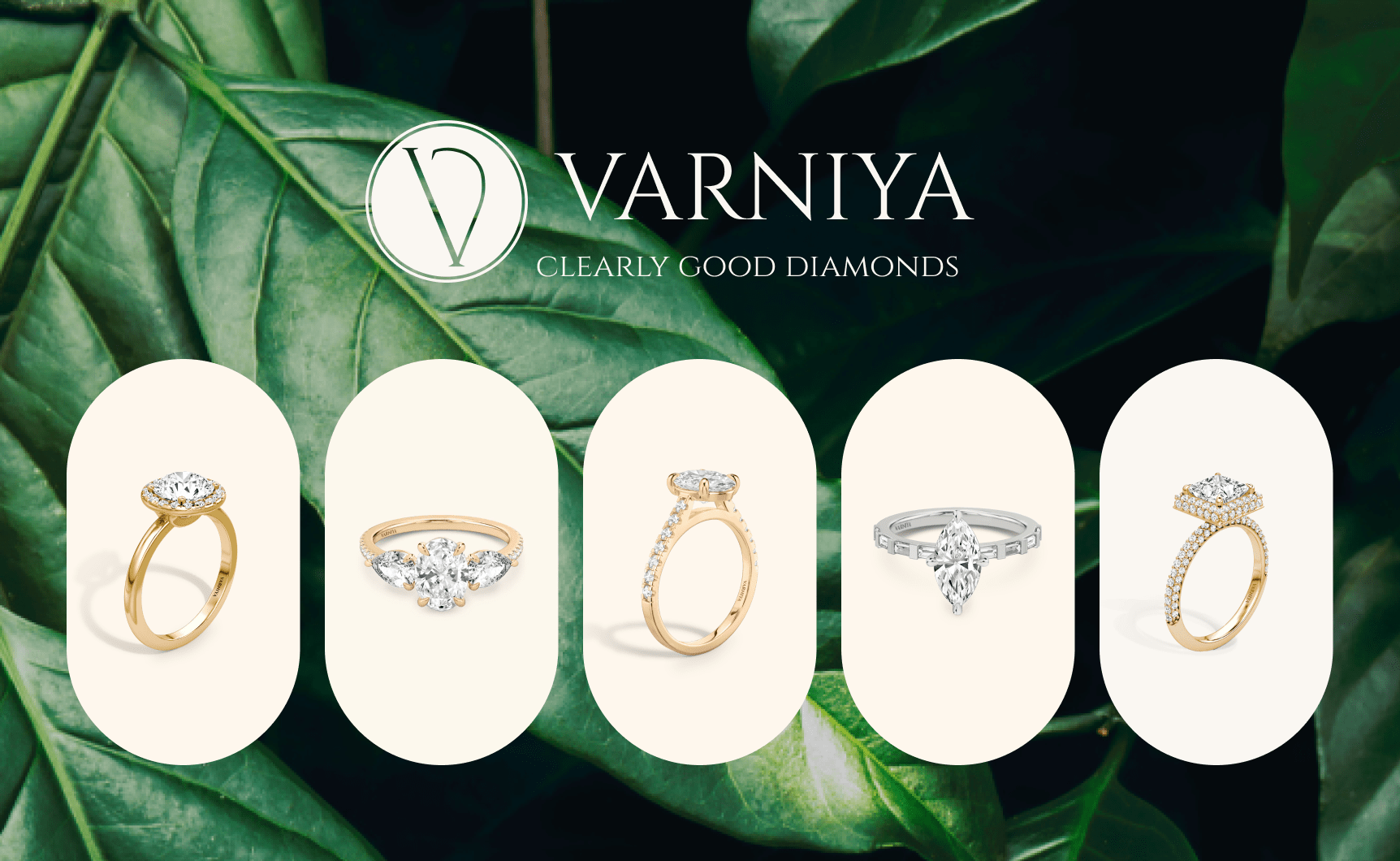
At VARNIYA, we blend a rich heritage with modern craftsmanship to create exceptional engagement rings. Rooted in the legacy of Vummidi Jewellers since 1900, our designs reflect over a century of expertise and trust. We specialize in 100% certified lab-grown diamonds, offering ethical and sustainable choices without compromising on quality.
Each piece is meticulously crafted, ensuring brilliance and durability that stands the test of time. Our diverse collection caters to various styles and preferences, allowing you to find the perfect symbol of your unique love story. Choosing an engagement ring from VARNIYA means embracing tradition, innovation, and a commitment to excellence.
Should You Buy Lab-Grown or Natural Diamonds?
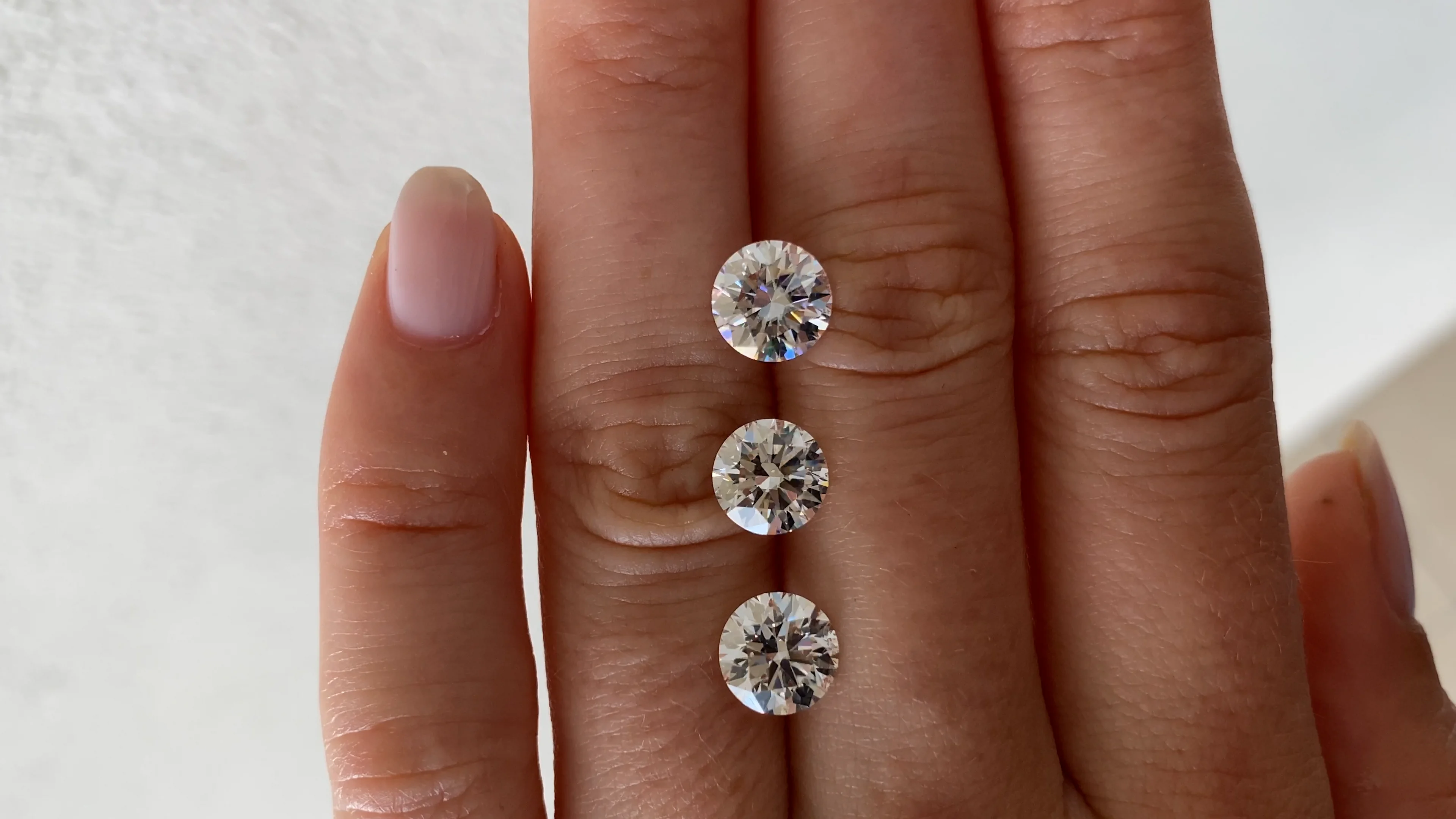
Choosing between lab-grown and natural diamonds depends on your priorities. If you value sustainability, affordability, and ethical sourcing, lab-grown diamonds are an excellent choice. On the other hand, if rarity and long-term resale value matter to you, natural diamonds might be a better fit. Here’s a quick comparison to help you decide:
-
Sustainability: Lab-grown diamonds have a lower environmental impact compared to mined diamonds.
-
Cost: Lab-grown diamonds are more affordable, offering larger stones for the same price.
-
Rarity: Natural diamonds are limited in supply, making them more exclusive.
-
Ethical Considerations: Lab-grown diamonds avoid concerns related to unethical mining practices.
-
Resale Value: Natural diamonds generally hold value better over time than lab-grown diamonds.
Consider what matters most to you before making a decision.
Lab-grown diamonds are a brilliant choice for those seeking beauty, ethics, and affordability in fine jewelry. They offer the same sparkle and durability as mined diamonds while allowing buyers to choose larger stones for the same price based on carat weight. With a lower environmental impact and ethical sourcing, they are becoming a preferred option for many.
Whether for an engagement ring or everyday wear, the right diamond is the one that aligns with your values and budget. Now that you know the benefits, would you consider lab-grown diamonds for your next jewelry piece?


